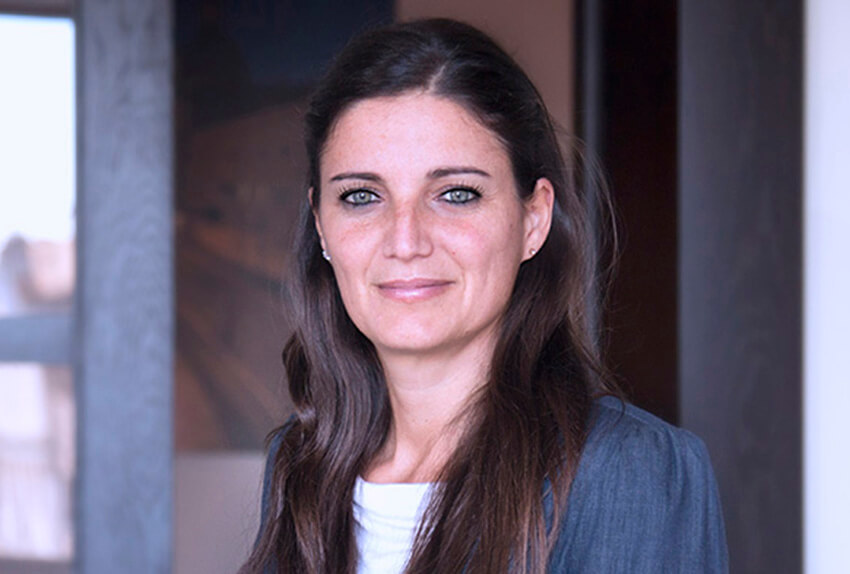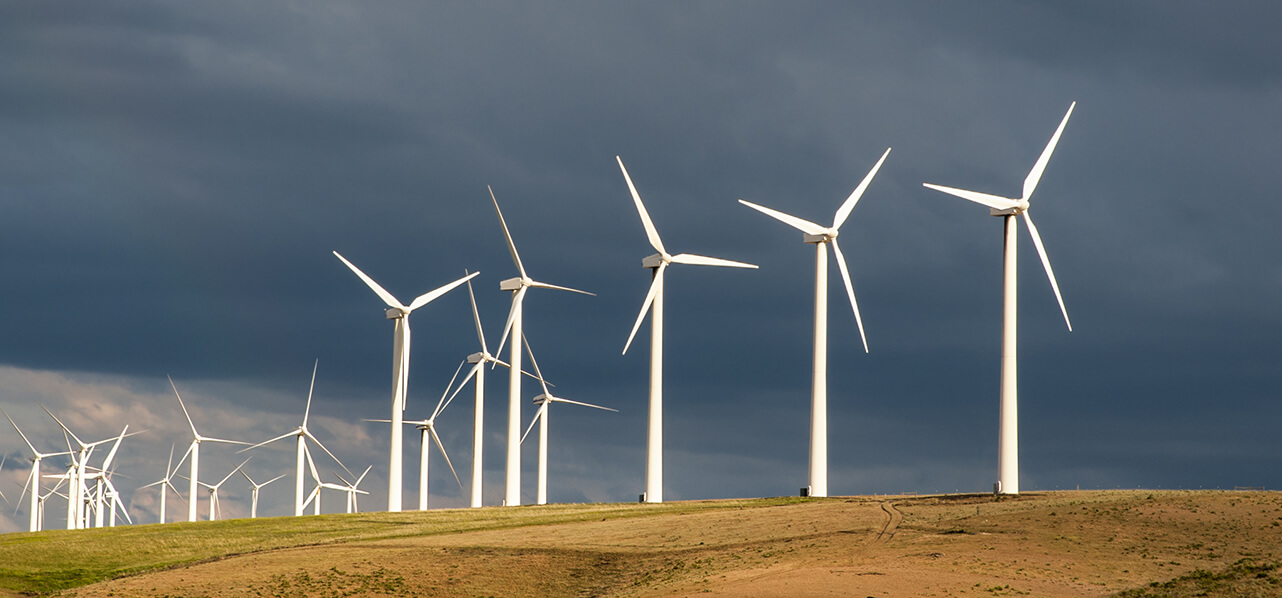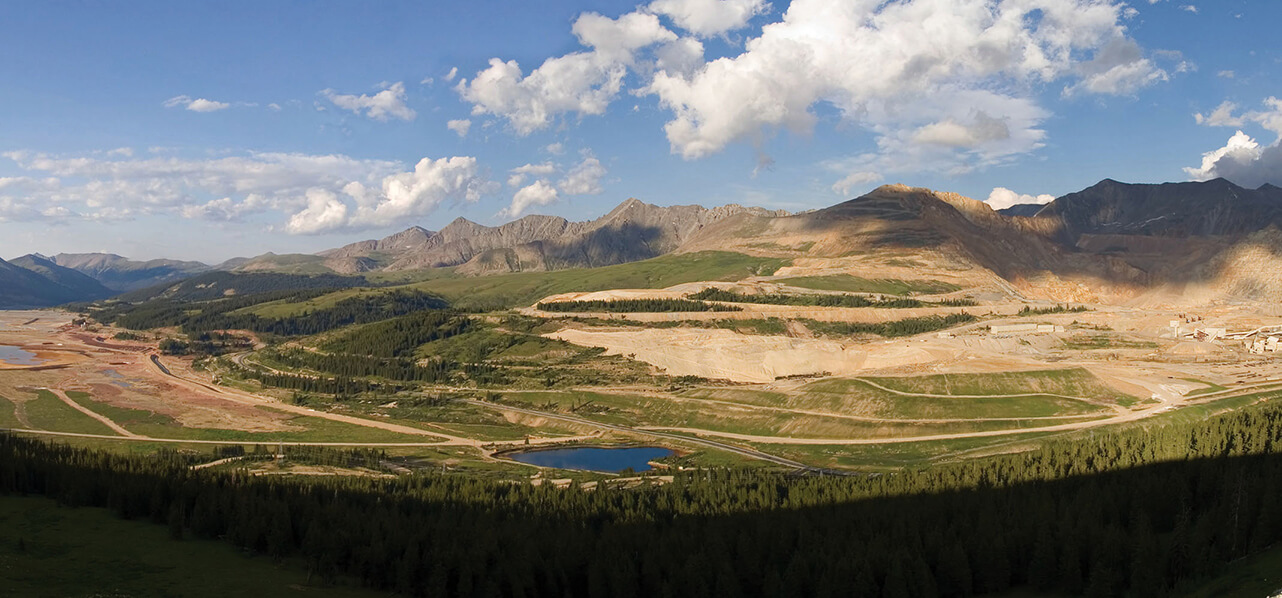On 12 August 2024, the new FER 2 decree adopted by Italy’s Ministry of the Environment and Energy Security, in agreement with the Ministry of Agriculture, Food Sovereignty and Forestry, was published on the official website of the Ministry of the Environment and Energy Security and entered into force on 13 August 2024 (“FER 2”). It supports electricity production from innovative renewable energy plants and plants with high generation costs such as offshore wind, through incentives that stimulate competitiveness and contribute towards Italy’s 2030 decarbonisation targets.
In particular, FER 2 establishes the terms and conditions under which offshore wind, biogas, biomass, thermodynamic solar, geothermal, offshore and inland floating photovoltaic plants as well as those fuelled by tidal, wave and other forms of marine energy can access the incentives, provided they meet certain innovation and environmental criteria.
Below is a summary of the terms and conditions, with a focus on offshore wind power plants, including those on floating platforms and fixed offshore foundations located at least 12 nautical miles from the coast.






